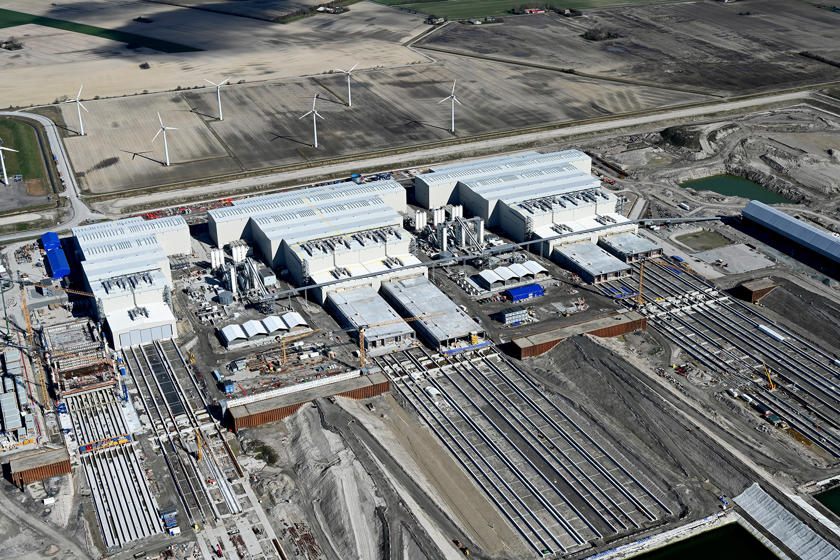The Fehmarnbelt project has committed to using openBIM standards and working methods, which play a crucial role in ensuring that both the construction process and the transition to the operation of the completed tunnel are both efficient and long-term.
The use of openBIM has been a requirement in Danish state-owned construction projects for nearly two decades. But the principles have never been tested on a project of this scale and complexity.
“openBIM has been tested on several other projects, but here we are talking about Northern Europe’s largest construction project. We are working with data consistency, classification, and standardization to harvest the value of what we already incorporated into our tender materials in the planning phase,” says Kim Smedegaard Andersen, technical vice director at the Fehmarnbelt project under the state-owned company Sund & Bælt.
openBIM stands for open Building Information Modeling. It is an approach to the building process, where there is a focus on openness, collaboration, and information exchange between different software tools and actors in the construction industry.
openBIM’s open formats mean that data can be accessed and shared seamlessly across different programs from the design phase and construction to operation and maintenance of a building.
This has a significant impact on the efficiency and collaboration across a project. At the same time, the risk of errors and data loss is greatly reduced.
“We have high expectations for openBIM and the opportunities associated with the open standards. We get a more efficient construction phase, we get better operation of the Fehmarnbelt tunnel, and we also gain concrete knowledge, which we can use in future infrastructure projects. Not only in Sund & Bælt, but also as an example for the entire sector,” says Kim Smedegaard Andersen.
The Fehmarnbelt project collaborates with the non-profit organization buildingSMART International through an 'Accelerator Program' – a program that supports and encourages the use of openBIM standards and services to achieve improvements and efficiency gains.
According to Clive Billiald, CEO of buildingSMART International, the interest and – not least – the learning from the Fehmarnbelt tunnel extends far beyond Denmark’s borders:
“The Fehmarn project delivers tremendous value in many ways, both in terms of the benefits the connection will bring to Denmark and Europe, but also with the legacy the project will have with its innovative approach to digital delivery. We are excited to work closely with Sund & Bælt, so we can demonstrate how open data streams are so important for improving global productivity and sustainability,” says Clive Billiald.
At the local level, it is especially the Danish division buildingSMART Denmark that will be the direct collaborating partner. Here, there is great satisfaction in being able to contribute to Denmark's largest infrastructure project.
“It is a major and important step that the Fehmarnbelt project goes all-in and embraces new digital working methods. Both for buildingSMART Denmark and for the entire construction and civil engineering industry, it is an incredibly exciting project to be a part of and to have as a standard-bearer for openBIM,” says Ole Berard, head of buildingSMART Denmark and Chief of Digitalization at Molio – the building industry's knowledge center.

